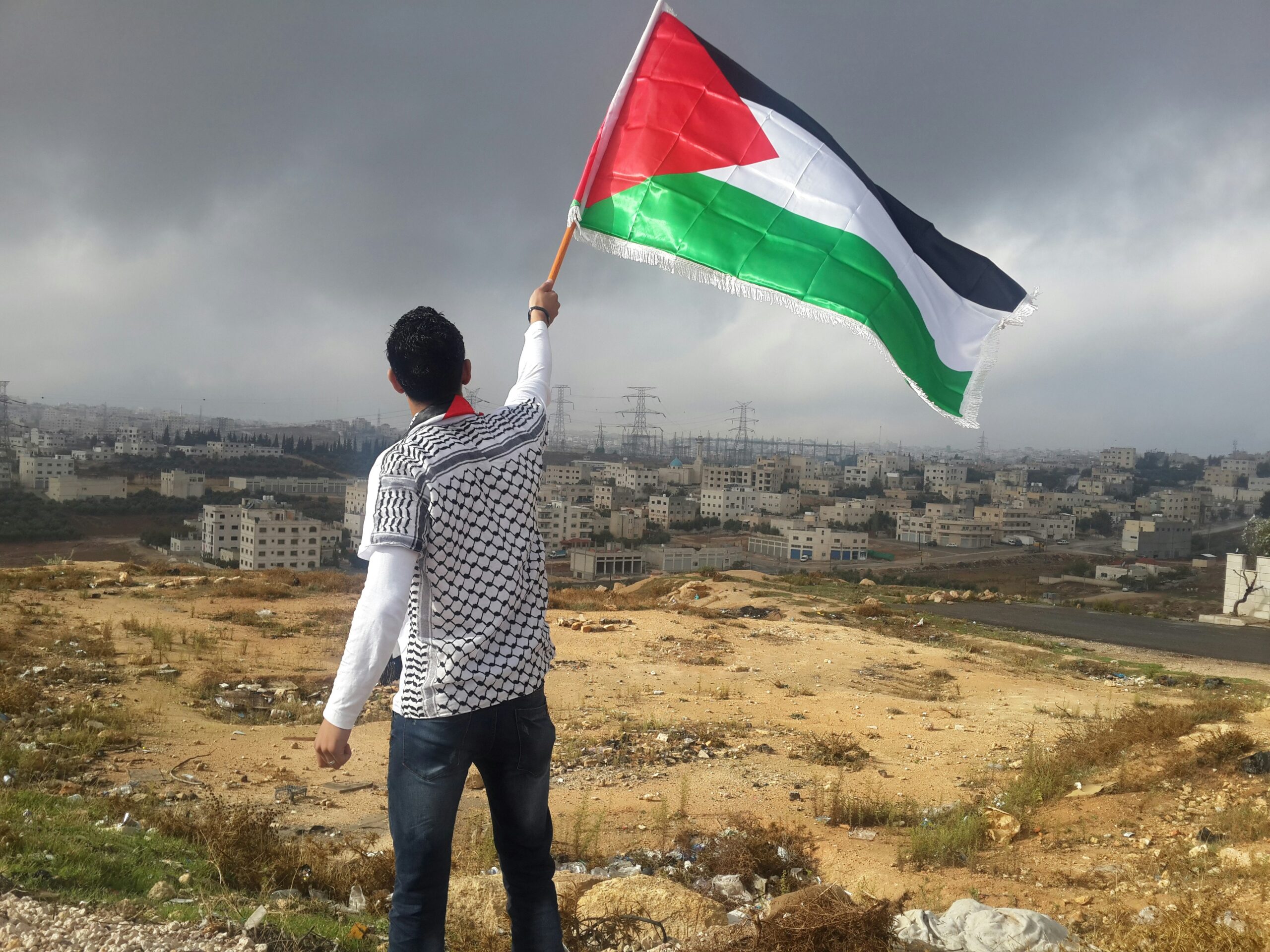The power and influence of Hamas widely exceed the tight borders of the Gaza Strip.
Prime Minister Netanyahu and other Israeli politicians often mention the „destruction of Hamas“ as one of the main arguments justifying the current military operation in the Gaza Strip. This argument can perhaps be understood as a political slogan from the point of view of the current Israeli radical-right government. Still, knowing this movement’s fundamental role and scope, it is evident that this intention is practically unfeasible. David Aliberti and Daniel Byman discuss why this is so in the context of Gaza itself. Another argument that supports the assumption that the destruction of Hamas is practically impossible is its territorial scope. Although the Gaza Strip is the traditional center of Hamas activity, it is far from being the only territory where the movement operates. Other territories where it is relevant are, for example, the West Bank, Lebanon, Syria, and Qatar, as well as Turkey and Jordan.
Outside of Gaza, Hamas‘ activities are most closely monitored in the West Bank and Qatar. Let’s look first at the West Bank after 2007, when there was a significant rift between Fatah and Hamas, after which Fatah took control of the region. He pacifies his opponents in the West Bank, including the main faction, Hamas, but at the same time, he does not have absolute control over this territory. Thus, Hamas operates from underground, and in recent years, its radical manifestations have escalated in the West Bank. Between January 2016 and September 2022, around 30 violent incidents were attributed to the movement. In the 12 months leading up to the October 7, 2023 attack itself, the numberof attacks in the West Bank rose to 50. Even given the massive decline in the popularity of Fatah in the West Bank, and on the contrary, the rocket rise of Hamas, the defeat of this movement in the West Bank is even less feasible. Compared to the Gaza Strip, the West Bank also records the more complex political, demographic, and geographical conditions.
Qatar plays a very specific role in the current conflict in Gaza: on the one hand, alongside Egypt, it is the main negotiator in the current conflict between Israel and Hamas; on the other hand, it has long provided asylum to the exiled political leadership of Hamas. For example, the political leaders of Hamas, Ismail Haniyeh, Moussa Abu Marzouk, and Khaled Mashaal, found asylum in Qatar and allegedly left Qatar after October 7, 2023, out of fear for their safety.
Hamas also has many followers and cells in the Palestinian refugee community in Lebanon. Meanwhile, it cooperates with the Hezbollah movement there. The elimination of the high-ranking official of the radical wing of Hamas, Saleh Al-Arouri, which took place on January 2, 2024, became medialized. After all, he is also the highest representative of Hamas, whom Israel has managed to eradicate so far.
A relevant number of Hamas sympathizers can also be found among the Palestinian refugee community in Syria. Until the time of the Arab Spring, the exiled leadership of Hamas was even based in Damascus. However, disagreements between Hamas and the Assad regime occurred, and the movement relocated to Qatar. Qatar is also politically close to contemporary Erdoğan’s Turkey, which has also not been hiding its ties to factions of the Egyptian Muslim Brotherhood and other related organizations, including Hamas, since the Arab Spring. A number of its members and officials moved around in Turkish territory, and even Erdoğan himself shows closeness to this part of the Palestinian political and radical spectrum in his speeches.
Jordan has long been home to the largest Palestinian refugee community, and logically, within it, there is strong sympathy for various Palestinian political elements, including Hamas. It needs to be noted that Jordan has its Islamist politicians and radicals under relatively strict control, especially since the Arab Spring, when, in general, relations between the Jordanian regime and Islamists (including those linked to Hamas) noticeably worsened.
As the information stated above indicates, Hamas is far from dependent on the Gaza Strip for its activities. There, Israel, in the current military operation, which is marked by extremely high collateral losses, is eliminating the activities of Hamas, which may be tactically successful. However, in the long term, the current course of the military operation may bring the next generation of Palestinians under its wing. The Israeli idea of destroying Hamas is thus practically unfeasible and puts the current enormously harsh military interventions in Gaza in a problematic light, both from the current humanitarian as well as from the strategic point of view.


